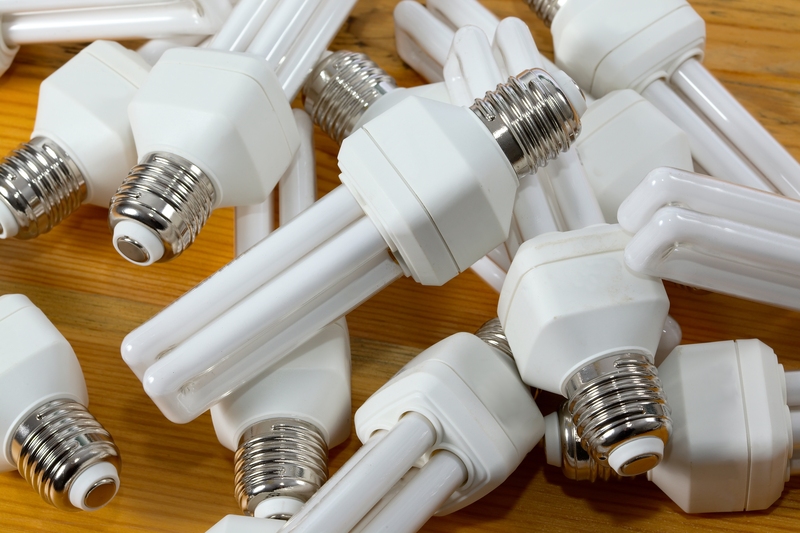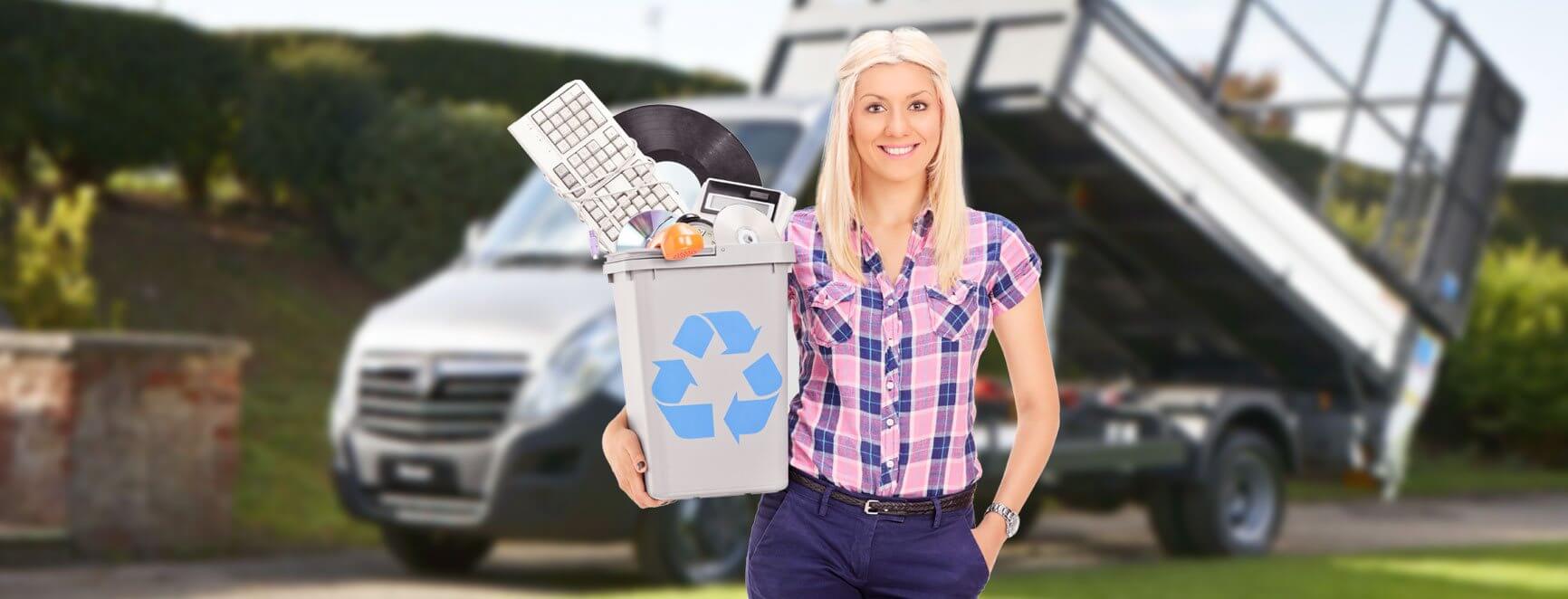Simple Styrofoam Waste Removal
Posted on 20/05/2025
Styrofoam is a widely used material in packaging and insulation due to its lightweight and insulating properties. However, its disposal presents significant environmental challenges. Unlike biodegradable materials, Styrofoam can take hundreds of years to decompose, leading to pollution and contributing to the ever-growing landfill crisis. Simple Styrofoam waste removal is vital for maintaining a sustainable environment. In this article, we will discuss various methods to effectively manage Styrofoam waste, the pros and cons of these methods, and provide some useful tips for efficient disposal.

Why Styrofoam Is a Problem
Styrofoam, technically known as expanded polystyrene (EPS), is not biodegradable, meaning it doesn't break down naturally. When it ends up in landfills, it occupies space indefinitely. Additionally, Styrofoam can fragment into small particles that may end up in oceans and harm marine life. Improper disposal can lead to environmental degradation, making it imperative to find efficient ways to manage and dispose of Styrofoam waste.
Methods for Simple Styrofoam Waste Removal
1. Recycling
Recycling is one of the most sustainable ways to manage Styrofoam waste. Many recycling centers accept Styrofoam, but it must be clean and free of contaminants. The recycling process involves compacting the Styrofoam into blocks, which are then utilized to manufacture new products.
2. Reuse
One of the simplest ways to dispose of Styrofoam waste is by reusing it. For example, Styrofoam packing peanuts can be used again for packaging or storage. Creative reuse can also include arts and crafts projects, DIY insulation for homes, or gardening purposes like plant pots.
3. Specialized Disposal Centers
Some specialized disposal centers are equipped to handle Styrofoam waste. These centers employ advanced technologies to break down Styrofoam and recycle it into usable materials. Checking with local waste management authorities can help locate such facilities.
4. Donation to Community Programs
Many organizations and schools can use Styrofoam for various activities. Donating clean Styrofoam can be a practical way to ensure it is put to good use rather than ending up in landfills.
Pros and Cons of Styrofoam Waste Removal Methods
Recycling:
Pros:
- Reduces landfill waste
- Saves natural resources
- Decreases environmental pollution
Cons:
- Not all recycling centers accept Styrofoam
- Recycling facilities may be limited in some areas
Reuse:
Pros:
- Cost-effective
- Reduces waste volume
- Encourages creativity and innovation
Cons:
- Limited reuse applications
- Can be cumbersome to store
Specialized Disposal Centers:
Pros:
- Efficient waste management
- Utilizes advanced technologies
- Supports sustainable practices
Cons:
- May not be easily accessible
- Can be costly
Donation to Community Programs:
Pros:
- Promotes reuse
- Benefits local organizations
- Environmentally friendly
Cons:
- Requires clean and uncontaminated Styrofoam
- Limited acceptance by institutions
Tips for Effective Styrofoam Waste Removal
- Always check if your local recycling center accepts Styrofoam.
- Ensure Styrofoam is clean before disposal to increase the likelihood of its acceptance for recycling or reuse.
- Opt for alternatives to Styrofoam such as biodegradable packing materials.
- Encourage local community programs to accept and utilize Styrofoam.
- Stay informed about new and innovative methods of Styrofoam recycling by following environmental news updates.

Key Takeaways
- Styrofoam waste poses significant environmental challenges.
- Recycling, reusing, and donating are effective methods for Styrofoam waste removal.
- Each method has its pros and cons which need to be considered.
- Active participation in these disposal methods can significantly reduce environmental pollution.
Conclusion
Simple Styrofoam waste removal is crucial for environmental sustainability. By understanding and implementing efficient disposal methods such as recycling, reusing, and donating to community programs, we can significantly reduce the negative impact of Styrofoam on the environment. It requires a collective effort from individuals, communities, and waste management authorities. By making informed choices and encouraging eco-friendly practices, we can contribute to a cleaner and more sustainable planet.





